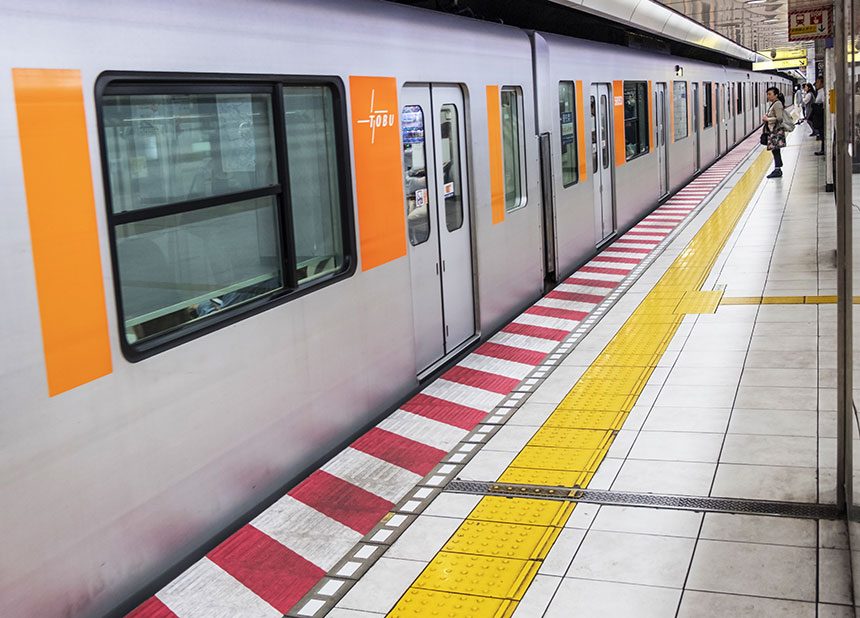
 Image credit: akulamatiau
Image credit: akulamatiauTokyo has one of the most dense and sophisticated mass transit systems in the world. And while this system may be confusing for tourists, it’s still one of the most efficient ways to get around in Tokyo.
In fact, buses in Tokyo are even more confusing than trains, especially if you don’t know Japanese. So taking a train or subway is the faster and easier way to reach any destination in Tokyo.
Don’t be surprised when you see about a dozen of white-gloved ‘pushers’ (oshiya–train station assistant), who squeeze passengers into train cars during rush hours.
While it may seem a little wild for most foreigners, Tokyo residents don’t mind being squeezed into train cars.
Tokyo’s mass transit system can be broken down into three parts:
JR Yamanote Loop
JR Yamanote loop line is the most important and most used line in Tokyo. The line runs in a circle and connects the city’s major centers.
The line has 29 stations, but the most popular ones are:
Train & Subway service hours: 04:26 – 01:18 daily (JR East trains) and around 05:00 – 00:00 daily (subway)
Train & Subway service schedule: Every 3 minutes during rush hours and every 4 – 5 minutes during off-rush hours
Train & Subway fares
– Tokyo Metro subway fares start at 170 yen ($1.56), follow this link to calculate fares
– Toei subway fares start at 190 yen ($1.74)
– JR trains fares start at 130 yen ($1.19)
Notes
– If you’re planning to travel around Tokyo a lot using trains and subways in a few days, consider purchasing one of day passes or tickets mentioned in our BEFORE YOU GET STARTED IN TOKYO section above.
– See full subway and train map here